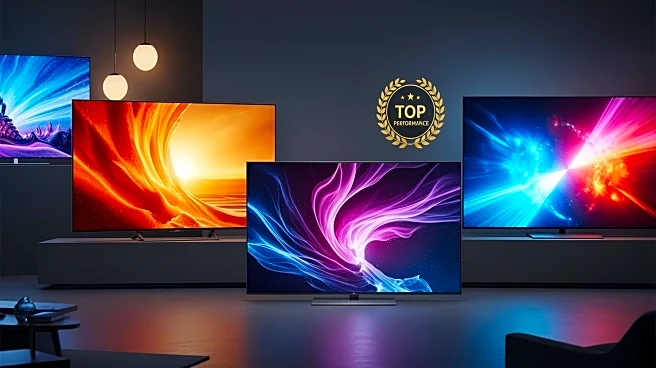What's Happening?
Researchers from the University of Cambridge and Meta Reality Labs have conducted a study to determine the resolution limit of the human eye, questioning the necessity of ultra-high-definition televisions.
The study measured participants' ability to detect features in images on screens, revealing that for an average-size living room, a 44-inch 4K or 8K TV offers no additional benefit over a lower resolution Quad HD TV. The researchers developed an online calculator to help consumers determine the most suitable screen for their home based on room size and TV dimensions.
Why It's Important?
The findings challenge the marketing claims of TV manufacturers, suggesting that higher resolution screens may not provide a better viewing experience for most consumers. This could impact consumer purchasing decisions and influence the development of display technologies, as manufacturers reassess the value of investing in higher resolutions. The study also has implications for other screen-based devices, including smartphones and virtual reality systems, potentially guiding future innovations in display technology.
Beyond the Headlines
The research highlights the limitations of human perception and the role of the brain in processing visual information. It suggests that technological advancements should focus on enhancing the overall viewing experience rather than merely increasing resolution. This could lead to a shift in industry priorities, emphasizing factors like color accuracy and contrast over pixel count.











